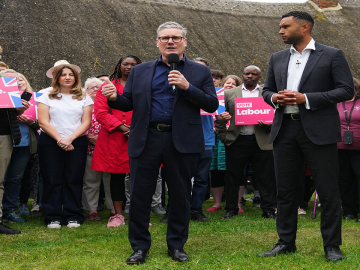Like gym sock styles and viral coffee orders, training trends come and go, but among the mainstays of effective types of movement are full body exercises. No doubt that – whether you’re a regular in the weights section or Pilates is more your cup of tea – you’ve done many a full-body exercise in your time. But, are you aware of how impactful they can be for your fitness and all-round wellbeing?
There is, disappointingly but not unsurprisingly, a lack of research on the effects various types of exercise have specifically on women’s bodies and health. That said, the science really stacks up where full body moves, also known as compound exercises, are concerned. One study, published in Frontiers in Physiology, which examined the effects of single-joint vs multi-joint (full body) exercises on cardiorespiratory fitness, body composition and muscle strength in men, highlighted the many benefits. It revealed that, while programmes consisting of either single- or multi-joint exercises had similar effects on body composition, consistently doing full body exercises facilitates better adaptations for improving general fitness than doing single-joint exercises alone. Basically: full body exercises give you the best bang for your buck on all three counts – not to mention they’re more time efficient, too.
If you’d like to make more room for full body exercises in your routine, but you aren’t sure where to start (or even what’s considered a full body exercise), we’ve got everything you need to know below. Keen to read up on other workout exercises? Read our guides to the best bodyweight exercises, leg exercises, and back exercises. Keen to work your arms, in particular? Tricep exercises and shoulder exercises, at the ready. Meanwhile, if you’ve got some weights at your disposal? Dumbbell exercises and kettlebell exercises are seriously effective, too.
Your guide to full body exercises, one of the most effective ways to get fit
What are the benefits of doing full body exercises?
To clarify, full body exercises are those that recruit multiple muscle groups. Think: deadlift, which engages the hamstrings, glutes, core, and various muscles in the back, for example. And, according to Lucie Cowan, master PT at Third Space, there are many benefits to consistently incorporating these types of movements into your routine.
For starters, doing full body exercises can help to enhance your cardiovascular health. “They often involve large muscle groups and continuous movement, which elevates heart rate and improves cardiovascular health,” says Cowan. “Activities such as burpees, jumping jacks, and mountain climbers are excellent for boosting heart and lung capacity.”
In addition, compound exercises are ideal for improving functional strength; because they mimic real-life movements, such as squatting and hingeing, they facilitate increased strength and stability, which Cowan says helps to make everyday tasks easier – especially as you age. “Full body exercises also assist with balancing muscle development,” says Cowan. “By working the entire body, these movements promote balanced muscle growth and symmetry, reducing the risk of muscle imbalances that can lead to injury.”
@ac_performstrong
♬ original sound – Ac_performstrong
Who should do full body exercises?
If your goal is to improve overall fitness and cardiovascular health, Cowan says full body exercises are highly effective. “They will help you build strength, endurance, and flexibility, making them suitable for a well-rounded fitness regimen,” she expands.
Equally, if you’re spinning lots of plates and are therefore looking for a style of training that requires minimal time commitment, full-body workouts are ideal. “They allow you to target all major muscle groups in a single session, making them perfect for busy schedules,” Cowan says. “A 30-minute full-body circuit can provide a comprehensive workout, saving time compared to splitting workouts into different muscle groups on different days.”
For anyone new to training, Cowan recommends full-body workouts for building a solid foundation, as they promote muscle development, and tend to be easily modifiable. Squats, for example, can be performed using a barbell, dumbbells, kettlebells, or bodyweight only, depending on your personal requirements and circumstances.
Additionally, if you’re in a maintenance phase of your fitness journey, full-body workouts should feature in your programme. “They can help maintain muscle mass, cardiovascular health, and overall fitness without the need for highly specific routines,” Cowan says.
If your goal is specific muscle development, such as growing your glutes, you’re working on improving your performance in a particular skill or sport, you have muscle imbalances or weaknesses that need addressing, or you’re rehabbing an injury, it’s important to include isolation movements in your workouts alongside full body exercises to facilitate your desired results.
6 full body exercises to try today – recommended by a PT
1. Full body strength routine
What? Speedy, bodyweight strength workout.
Why? “I particularly like Breanne on this channel, who offers a dynamic and high-energy session that incorporates both strength training and cardio,” says Long. “The routines are designed to improve overall fitness.”
How long? 10 minutes.
Full-Body Strength Routine (Breanne) – YouTube
Watch On
2. Full body workout for beginners
What? Beginner-friendly, no-equipment full body workout.
Why? “This routine requires no equipment, making it perfect for a quick, effective workout at home,” says Long. “BullyJuice’s clear instructions and motivational style make it easy to follow along – even for beginners.”
How long? 20 minutes.
PERFECT 20 MIN FULL BODY WORKOUT FOR BEGINNERS (No Equipment) – YouTube
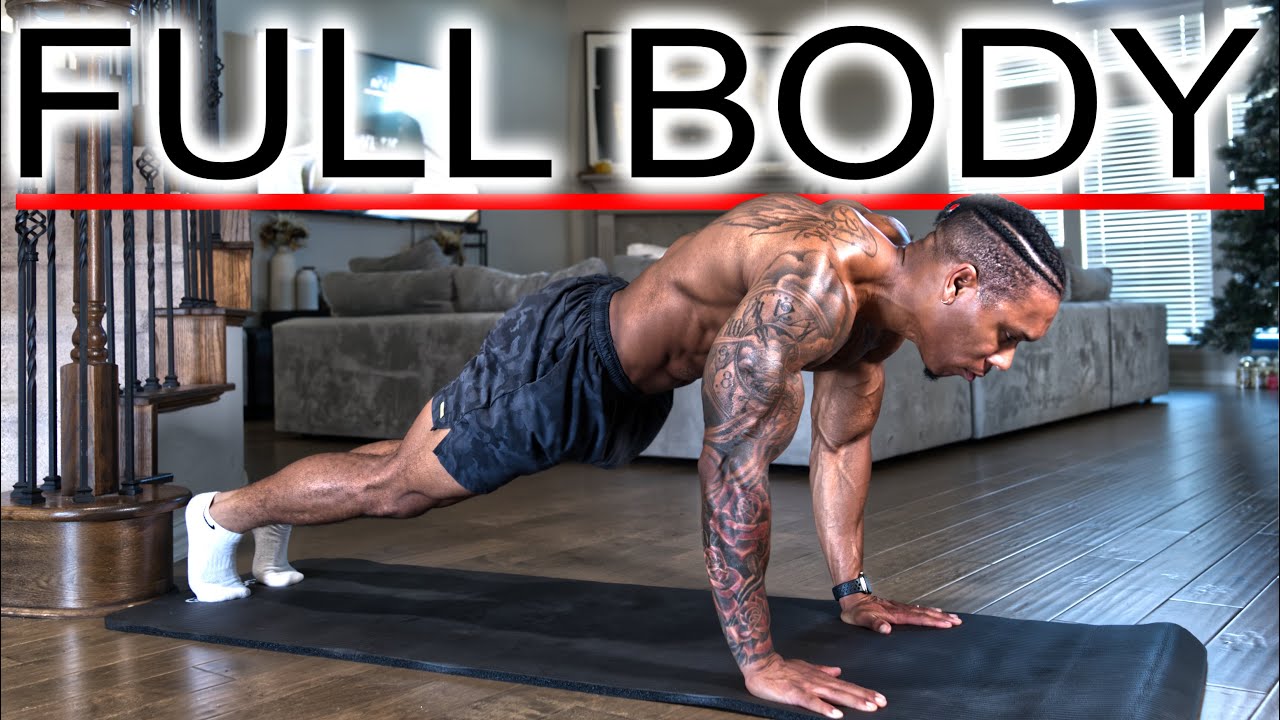
Watch On
3. Full body dumbbell workout
What? A strength and power session for the whole body.
Why? “This session focuses on compound movements that target multiple muscle groups,” says Long. “It’s perfect for those looking to fit in a full-body workout during a busy day.”
How long? 30 minutes.
30-Minute Full Body Dumbbell Workout (Strength, Power and Abs) – YouTube
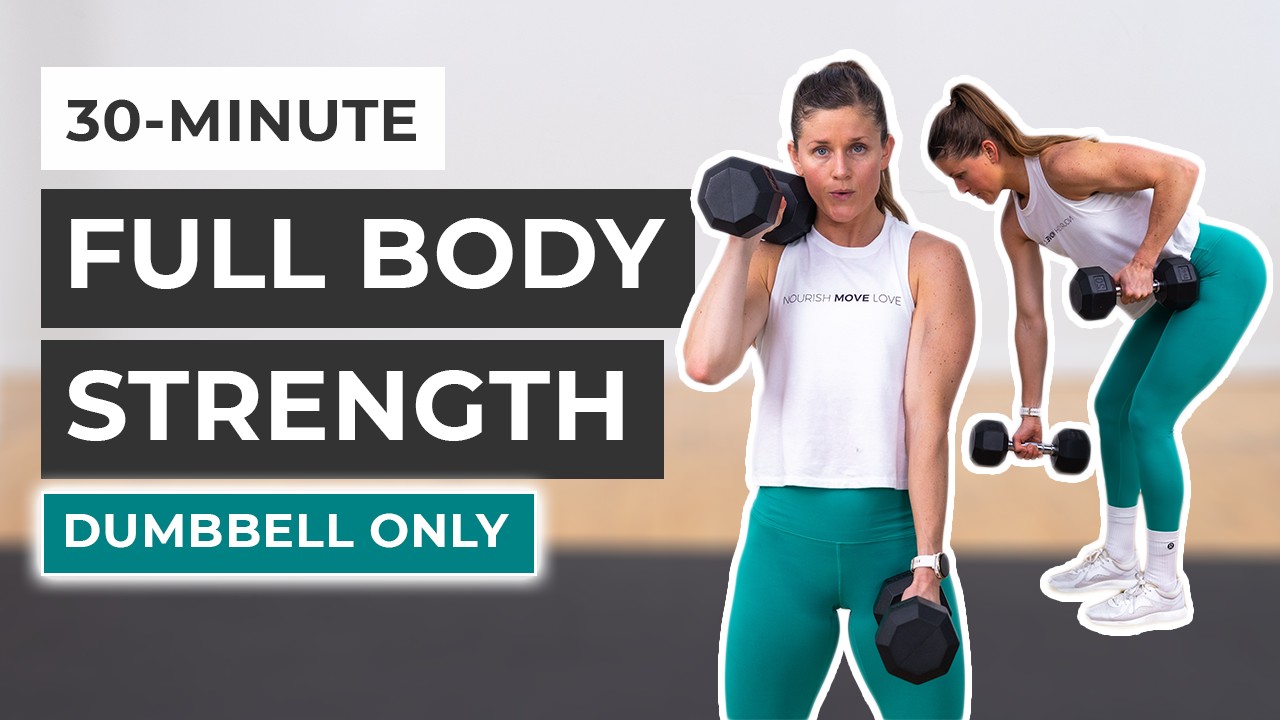
Watch On
4. Low impact cardio workout
What? Beginner-friendly, full body cardio workout.
Why? This workout is the epitome of old school feel good aerobics, says Long. “Fitness Blender’s routine incorporates high-intensity interval training (HIIT) to improve cardiovascular health, while also building strength and endurance.”
How long? 30 minutes.
Low Impact 30 minute cardio workout- Beginner/intermediate – YouTube
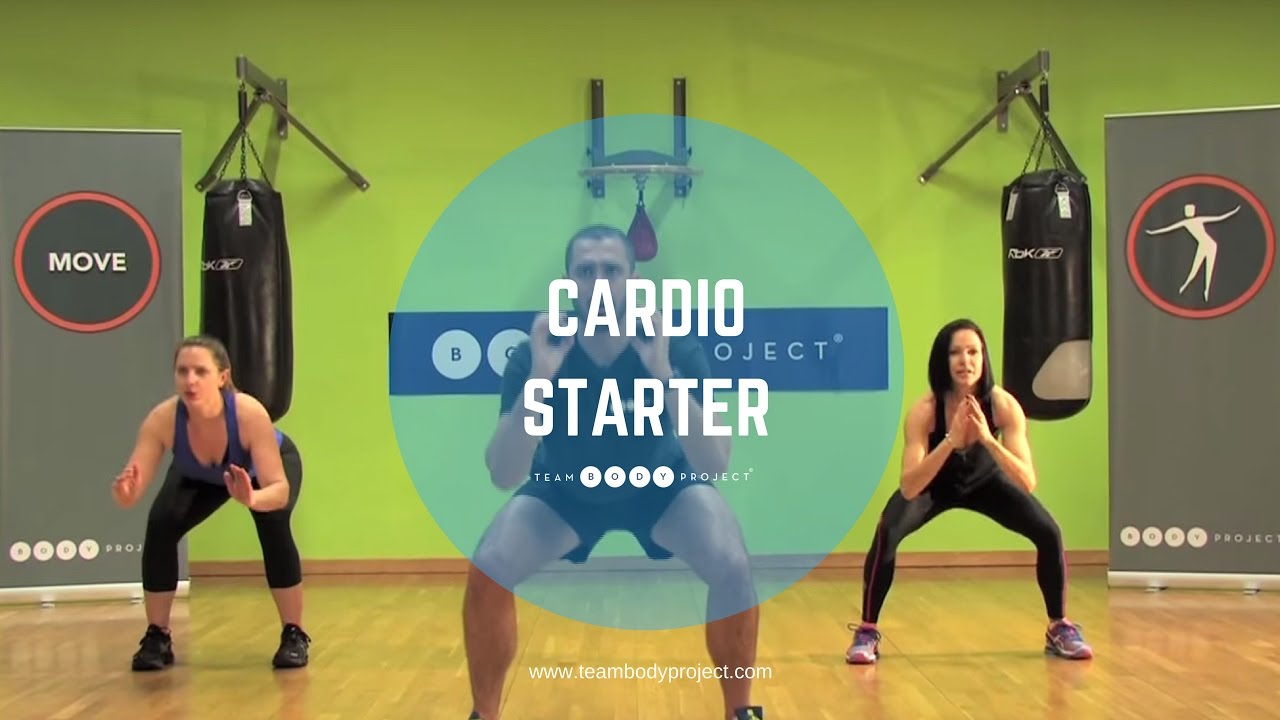
Watch On
5. Full body weighted circuit
What? Quick kettlebell workout that targets the entire body.
Why? “Amy’s workouts combine strength and cardio in comprehensive routines, using just a pair of dumbbells or a kettlebell,” says Long. “Her workouts are known for their efficiency and effectiveness, helping you get a solid workout in a short amount of time.”
How long? 35 minutes.
Ultimate 35-minute Weighted Circuit Workout For A Full Body Burn! – SWEAT 2024 DAY 8 – YouTube
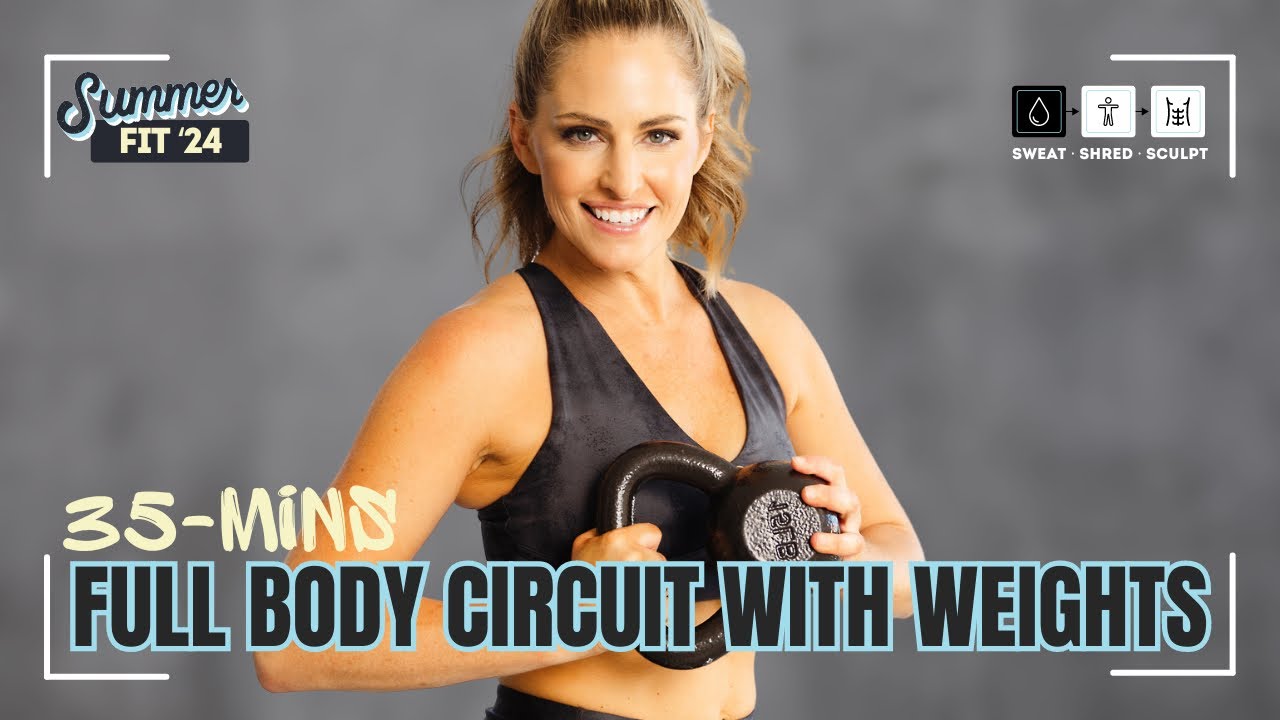
Watch On
6. At-home dumbbell strength training workout
What? Full body strength training session you can do from home.
Why? “These guys provide longer sessions, great for those who want a more extensive workout, often combining resistance training with cardiovascular exercises to challenge your entire body,” says Long.
How long? 40 minutes.
Dumbbell Full Body Workout Strength Training at Home for Women & Men – Total Body with Weights – YouTube
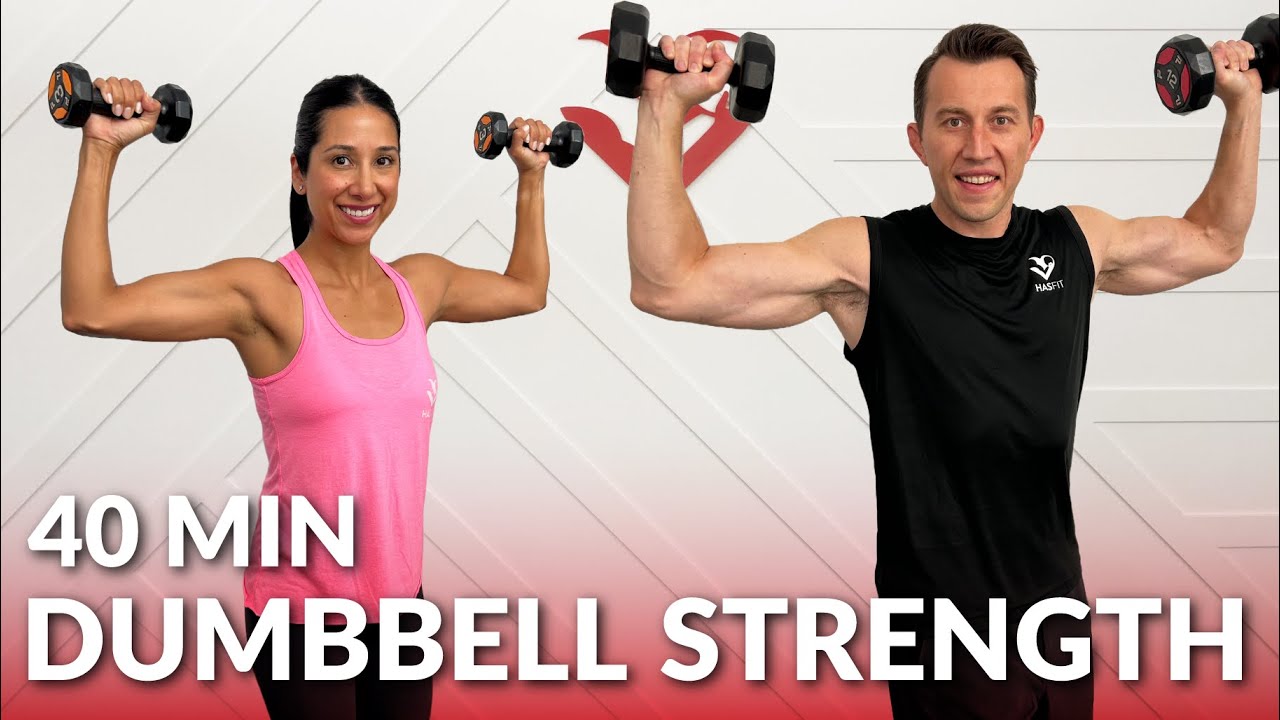
Watch On
Shop MC UK approved workout kit now:
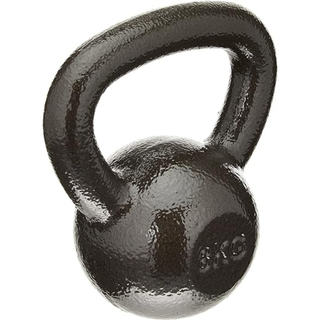
Amazon Basics Cast Iron Kettlebell
Doing full body exercises from home? Invest in a few pieces of equipment, such as kettlebells, to increase the challenge of the workout.
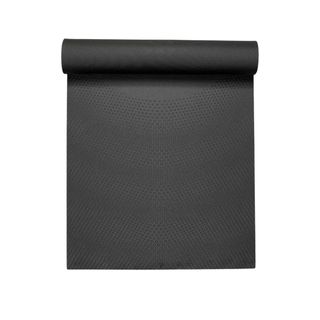
Make your at-home sweat sessions a little more comfortable with a cushiony exercise mat.
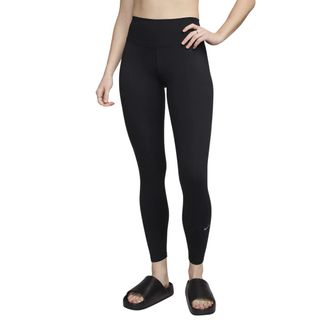
Your ‘fit can make or break a workout, so it’s best to opt for clothing you feel comfortable in. These Nike leggings are bestsellers for a reason: they’re soft yet supportive, durable and will take you from bar(bell) to brunch.



